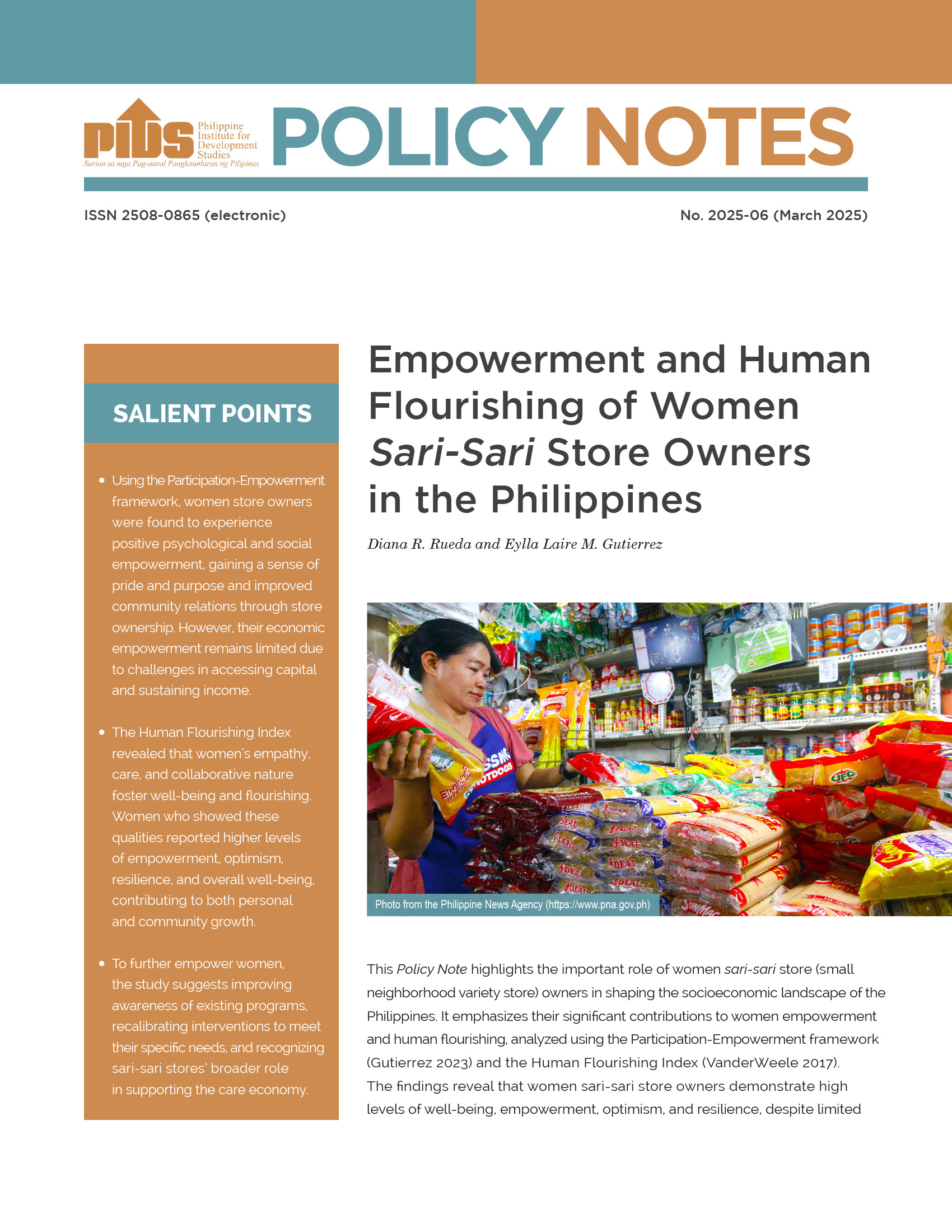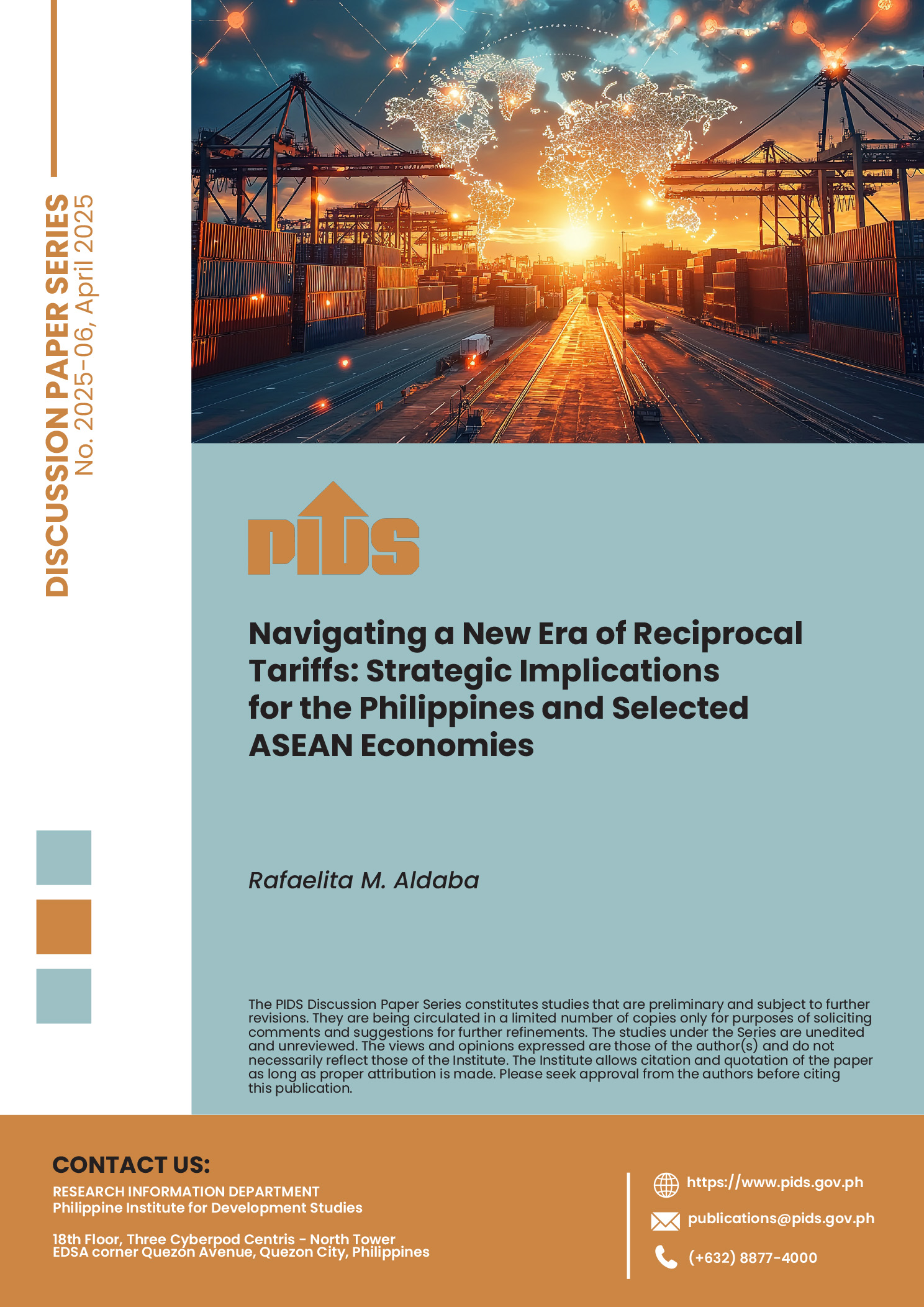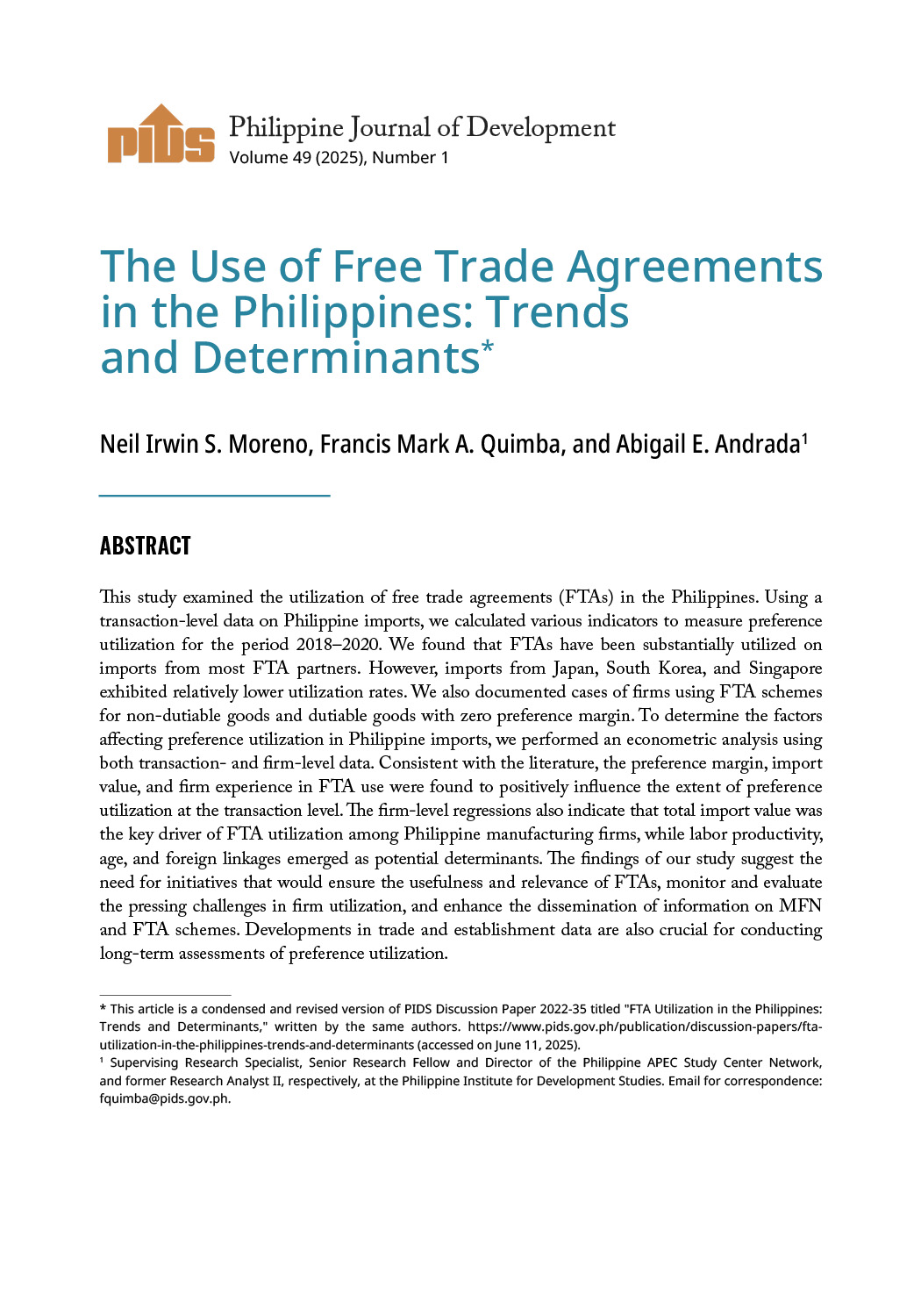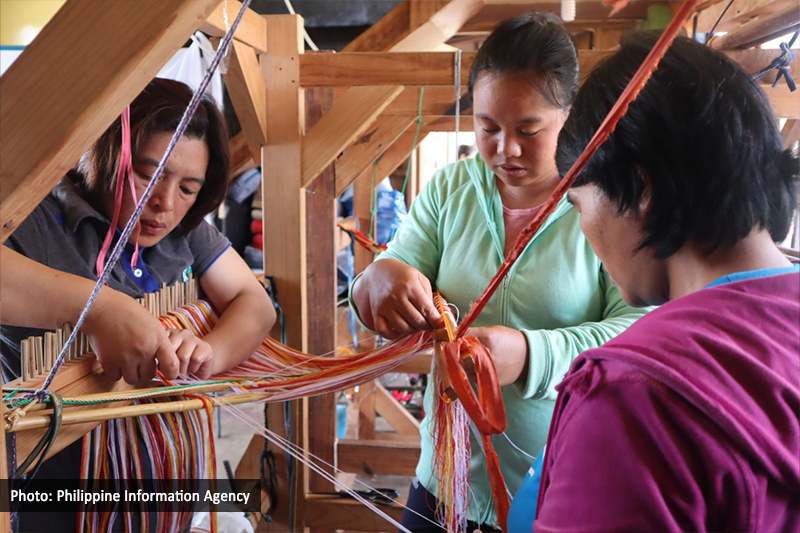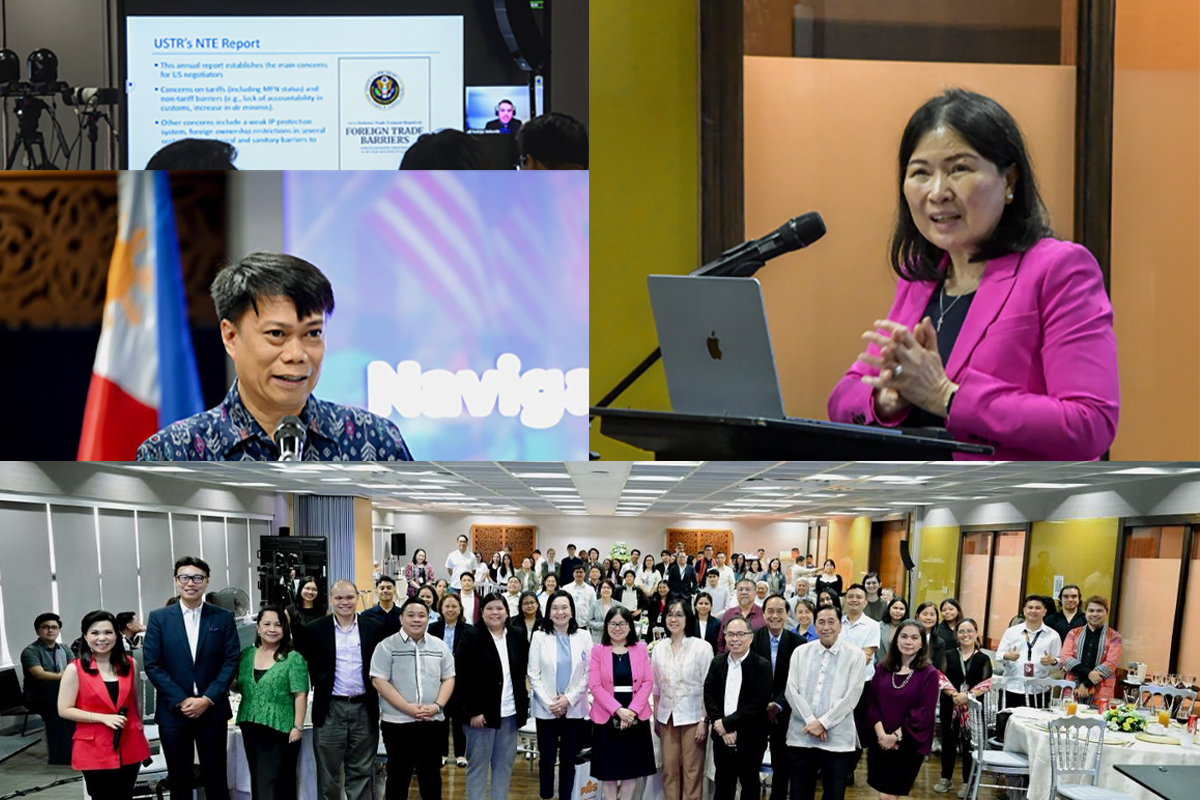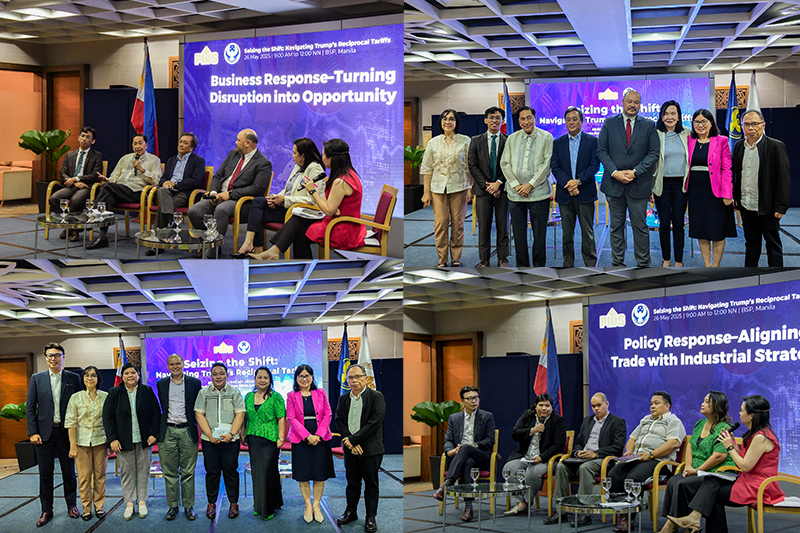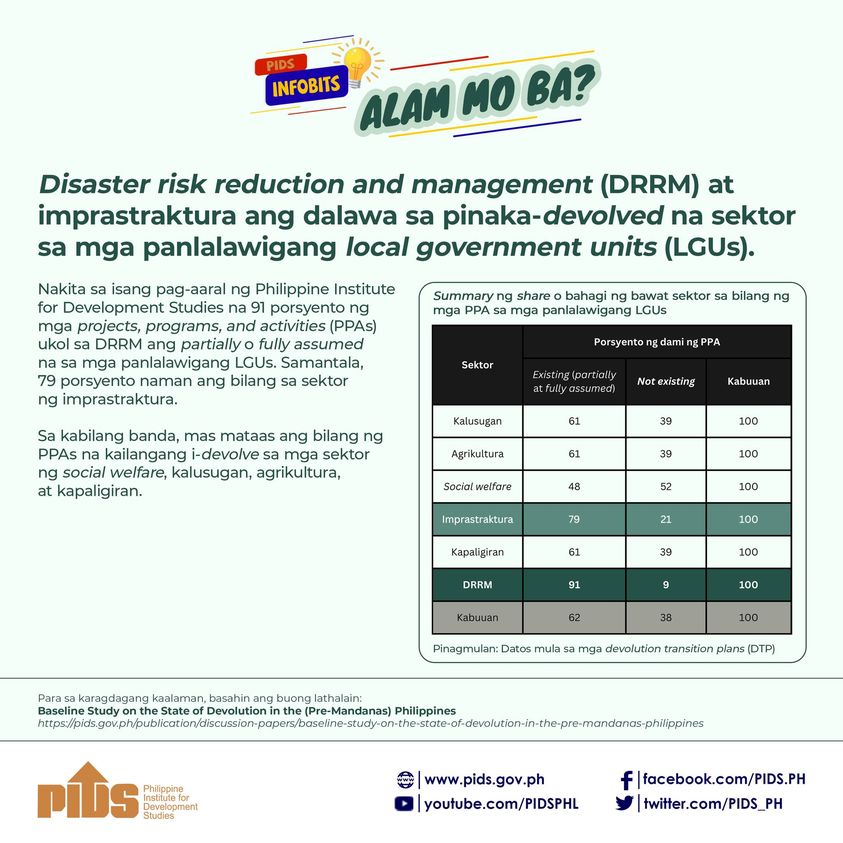MANILA, Philippines — The country’s export industries are seeking more government support as they navigate the uncertainty brought by the United States reciprocal tariffs on trade partners.
During an online forum organized by the Philippine Manufacturing Team, Confederation of Wearable Exporters of the Philippines executive director Maritess Jocson-Agoncillo said the group is pushing for sectoral negotiations with the US, which is exposed to high tariffs and governed by the rules of origin regime.
She said the average tariffs on Philippine travel goods range from eight to 20 percent, while tariffs on apparel are between 15 and 32 percent.
For footwear exports from the Philippines, the average tariffs range from 15 to 37.5 percent.
“If the garment, apparel sector would be negotiated by the US on a sectoral basis, then we stand a chance to benefit from this,” Agoncillo said.
She said the industry could also benefit from the country’s geographic location, as neighbors Vietnam, Cambodia and Myanmar, which also export footwear and apparel, could face US non-tariff barriers due to concerns on potential movement of Chinese goods through their borders.
“If we really get favored, it’s an inflection point,” Agoncillo said.
Prior to the 90-day pause on the reciprocal tariffs and lowering of the levy to 10 percent for most countries, the US imposed a 17-percent reciprocal tariff on Philippine exports, the second lowest in Southeast Asia.
While the lower reciprocal tariff on Philippine goods entering the US compared to neighbors such as Vietnam’s 46 percent and Thailand’s 36 percent creates a window for local furniture exporters to attract US buyers, Chamber of Furniture Industries of the Philippines executive director Ajun Valenzuela said the industry still faces many challenges like higher wage and power costs.
Valenzuela said the average monthly manufacturing wage in the Philippines is at $420 to $450, higher than Vietnam’s $300 to $350.
The risk of trade diversion is also a concern for the furniture industry.
“Singapore, with only a 10-percent tariff, may act as an export hub for Vietnamese furniture,” Valenzuela said, noting this could dilute the Philippines’ competitive edge if the rules of origin are not strictly enforced.
He also said there is a risk that the Philippines could be flooded with furniture imports from Vietnam and China, which are also looking for new export markets.
“To avoid being a passive bystander and instead become a strategic winner in this global trade, the Philippine government must urgently align trade and industrial policy to support the industry,” he said.
Valenzuela said the government should deploy robust trade defense tools against import flooding, facilitate access to sustainable and certified raw materials, invest in technology and skills upgrading, lower import costs and actively promote Philippine furniture as a premium.
For his part, United Coconut Associations of the Philippines Inc. chairman Marco Reyes said the industry is advocating for the US reciprocal tariff to be brought to zero, as other coconut exporting countries are also negotiating to bring down the tariff.
Reyes said efforts on value addition and to expand export markets should also continue.
“We should not be stuck exporting low value coconut oil,” he said, adding that our eggs should not all be placed in the US basket.
For the electronics industry, Semiconductor and Electronics Industries in the Philippines Foundation Inc. president Dan Lachica said there is a need to upgrade technology and continue efforts on skills improvement.
“For the government, (we need) strong leadership in terms of navigating the geopolitical situation,” Lachica said.
He also cited the need for a free trade agreement with the US, as well as to address operating costs, infrastructure gaps and promote greater trade.
As the Philippine government seeks to bring down the reciprocal tariff, former trade undersecretary and now Philippine Institute for Development Studies emeritus research fellow Rafaelita Aldaba said lowering tariffs on motor vehicle imports could be part of its offer list to the US.
“We can possibly offer motor vehicles, because right now, the tariff on motor vehicles is something like 30 percent, which is quite high relative to other sectors,” she said.
The Philippines has brought down the tariff on vehicle imports coming from Southeast Asian countries, as well as from South Korea to zero through trade agreements.
“I think in exchange for all the things we would be asking from the US (such as) increase the exemption list, reduce the 17 percent (reciprocal tariff), to get all these concessions, there’s got to be an offer list and I really think, looking at our tariff structure, we could provide that to the US,” Aldaba said.

